IFNF Infographic
Program Summary
The Innovative Finance for National Forests (IFNF) grant program supports the development and implementation of innovative finance models that leverage private and public capital other than US Forest Service (USFS) annual appropriations to enhance the resilience of the National Forest System (NFS) and deliver commensurate returns to stakeholders.
The IFNF grant program seeks to:
- Leverage private and public capital other than USFS annual appropriations to support agency priorities;
- Deliver measurable social, ecological, and financial outcomes to multiple stakeholders;
- Demonstrate solutions that promise improved financial sustainability for land management;
- Chart a path to scale in addressing landscape-level challenges on and near National Forests;
- Generate lessons learned to incorporate in agency management and decision making.
IFNF grants could, but are not limited to, support of innovative finance models that:
- Enable debt or equity financing from public or private sources to pay for the upfront costs of a project that will be paid back over time by project beneficiaries (payors);
- Access new or existing markets for environmental goods or services;
- Access user-based fees or contributions;
- Increase pace and scale of implementation by blending multiple sources of funding or finance;
- Employ any combination of the approaches listed above.
Program Update
UPDATE July 2024
There is not currently an IFNF Request for Proposals. Check this site for updates or subscribe to the Endowment’s newsletter to receive information on new RFPs.
Review the press release for more information on projects funded in IFNF round 4.
Archive
- IFNF Round 4 Request for Proposal (RFP) and application details
- IFNF Informational Webinar Slides
- IFNF Informational Webinar Recording
- USFS Conservation Finance Toolkit
- USFS Conservation Finance Program Overview
- IFNF Round 1 Grantees List and Project Descriptions
- IFNF Round 2 Grantees List and Project Descriptions
- IFNF Round 3 Grantees List and Project Descriptions
Conservation Finance Opportunities Map
The Conservation Finance Opportunities Map, developed by the USFS National Partnerships Office (NPO) and Geospatial Technology and Applications Center identifies landscapes with National Forest System properties that have demonstrated needs, are a Forest Service priority, and possess initial readiness conditions for conservation finance. In two tabs, it presents an index of conservation finance opportunity around watershed enhancement and recreation infrastructure improvements. In another tab, it collects existing data layers to enable user-directed exploration. The map is presented using a story map to frame the ‘why’ and ‘how’ behind the project.
The Conservation Finance Opportunities Map is intended as a tool to help USFS and partner organizations to:
- Target further scoping and analysis to refine whether landscapes have potential to utilize innovative finance approaches
- Target technical assistance and capacity building to accelerate the pace and scale of work on the ground
- Explore data and illustrate places and projects that are a match for a variety of funding sources and finance tools
- Give conservation finance project developers a starting point for ideas on connecting agency needs and investor interests
Program Contacts
The IFNF grant program is funded by the USDA Forest Service (USFS) National Partnership Office (NPO) and U.S. Endowment for Forestry and Communities (Endowment). Interested parties are encouraged to contact the following IFNF team members from the USFS National Partnership Office to discuss ideas or opportunities.
- Sophie Beavin, Conservation Finance Partnership Coordinator, sophie.beavin@usda.gov
IFNF Awards 2024 (Round 4)
Caldor/Cosumnes Watershed Outcomes Bank (Pilot) – California
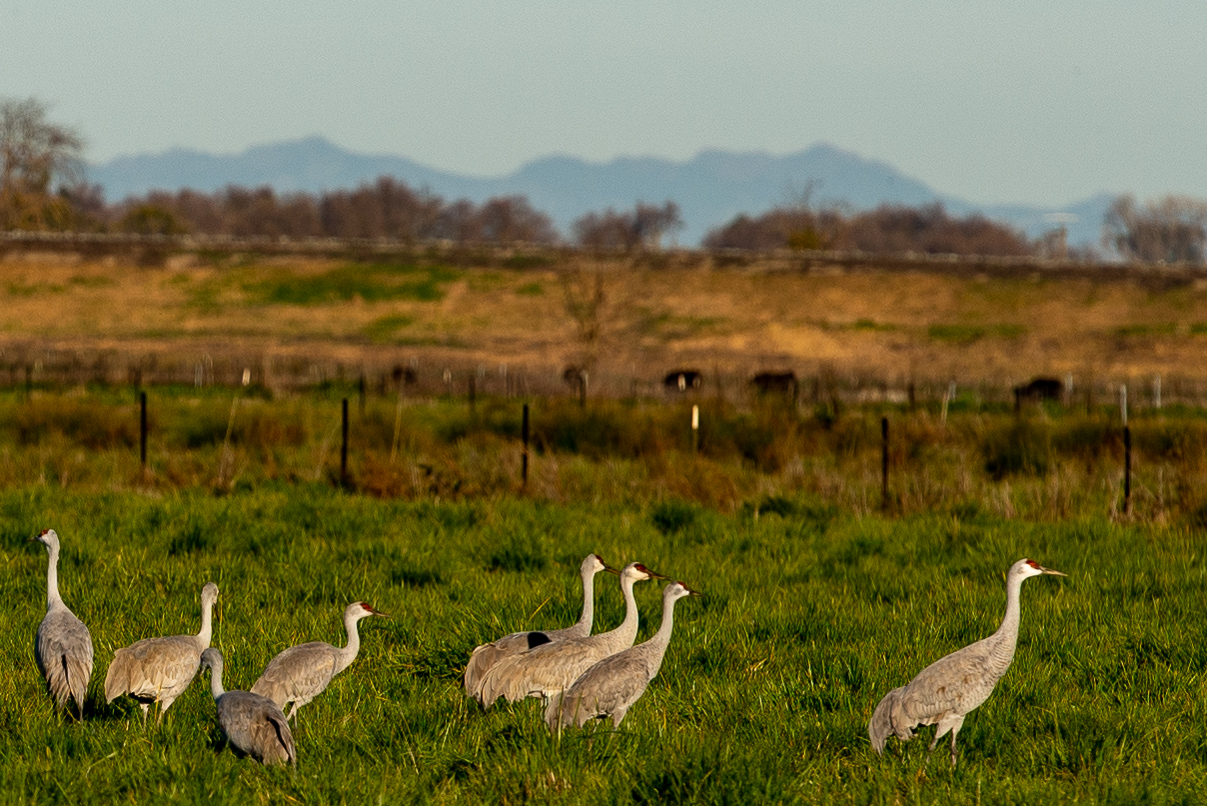
Photo Credit: The Freshwater Trust
$300,000 to The Freshwater Trust to pilot a Watershed Outcomes Bank framework. This framework will leverage together multiple sources of funds and target those coordinated funds to strategically cultivated projects across the Cosumnes River Watershed, including the Eldorado National Forest, that most cost-effectively achieve watershed resilience targets. This pilot project, which builds on a Round 3 IFNF feasibility study award, will implement a central entity and partner governance structure for match funding, financing, and efficient fund delivery.
Protecting Source Water and Reducing Wildfire Risk in Rural Communities (Pilot) – Wyoming
$250,000 to the City of Cheyenne, in collaboration with the World Resources Institute and the Cheyenne Board of Public Utilities, to pilot the potential use of the Wyoming State Revolving Loan Fund program to finance forest restoration activities on the Medicine Bow-Routt National Forests and Thunder Basin National Grassland. State Revolving Loan Funds offer favorable terms for municipalities to fund water quality treatments and wildfire prevention activities. This arrangement can allow local communities to implement essential interventions they otherwise might not be able to afford.
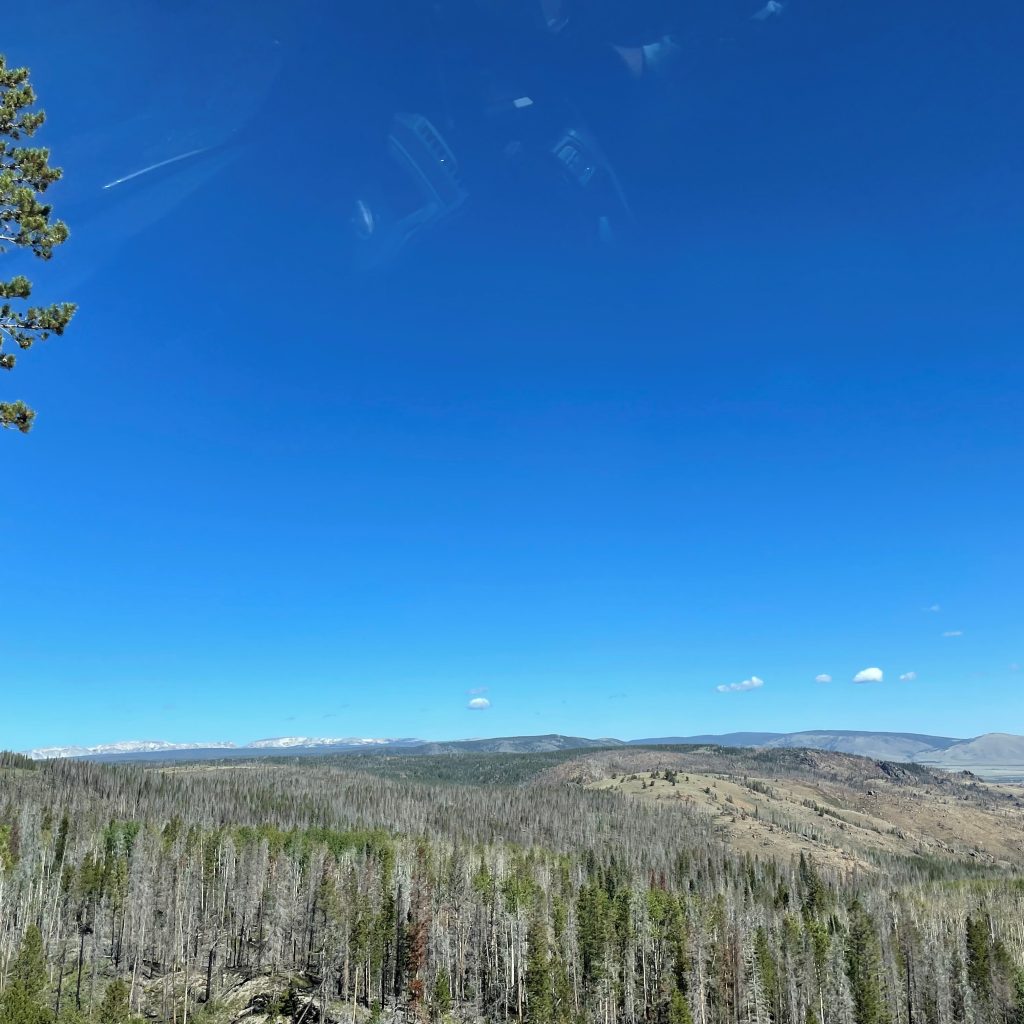
Photo Credit: Natasha Collins
Financing for Acid Mine Drainage Treatment (Pilot) – Ohio
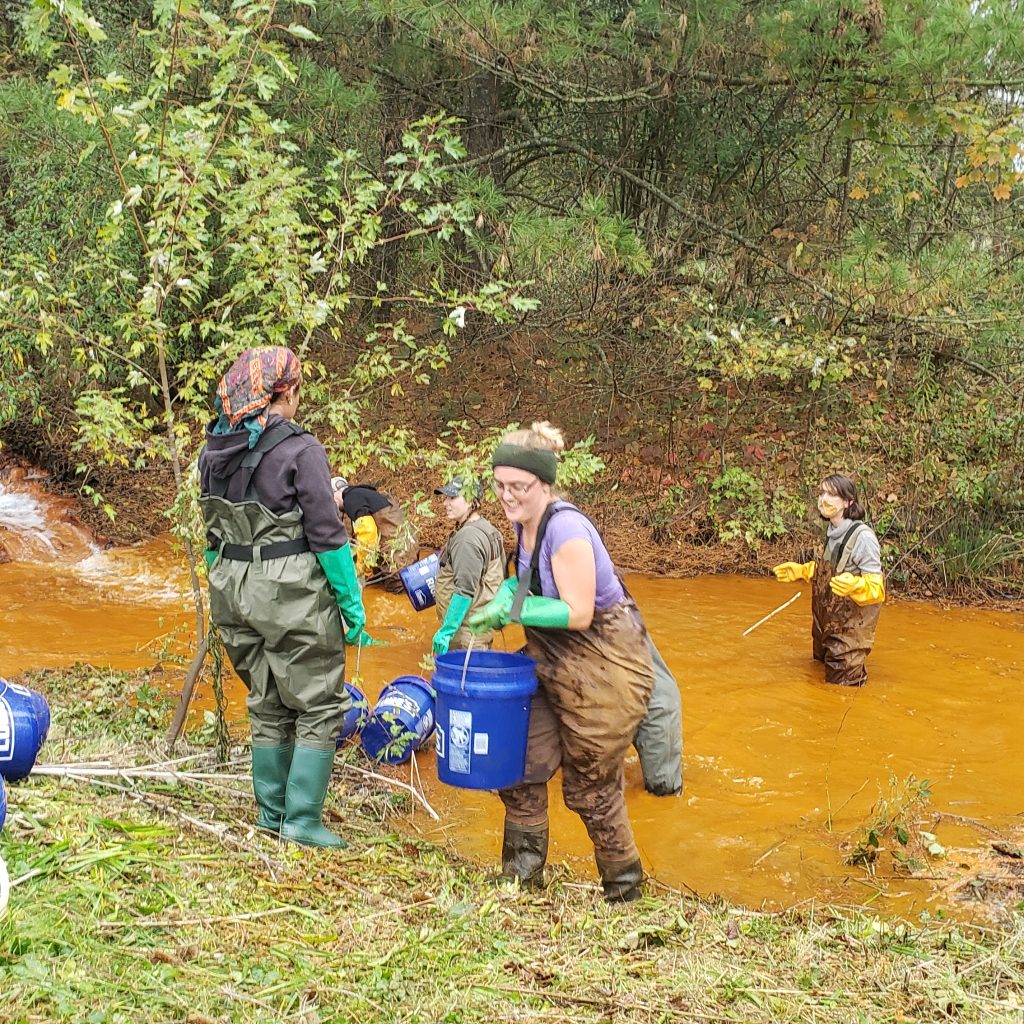
Photo Credit: Rural Action
$287,000 to Rural Action, Inc. for startup costs for a full-scale treatment plant near the Wayne National Forest that will harvest iron oxide from acid mine drainage discharge. The harvested iron oxide will be used to create paint pigments for sale and will create a reliable funding source for watershed restoration efforts in the region.
South Central Oregon Seed Orchard Financing Innovation (Pilot) – Oregon
$300,000 to American Forests to bring innovative financing to reforestation efforts by attracting private investment into seed orchard establishment. The goal is to reduce long-term seed shortage bottlenecks by producing high quality, climate-adapted seeds and generate financial returns via seed sales. This project specifically engages the Fremont-Winema National Forest and will produce seed that is critical to meeting regional public, private, and tribal reforestation goals.

Photo Credit: Andrew Studer, American Forests
Innovative Finance for Agave Restoration: Piloting a Nursery Loan Guarantee Program (Pilot) – New Mexico and Arizona
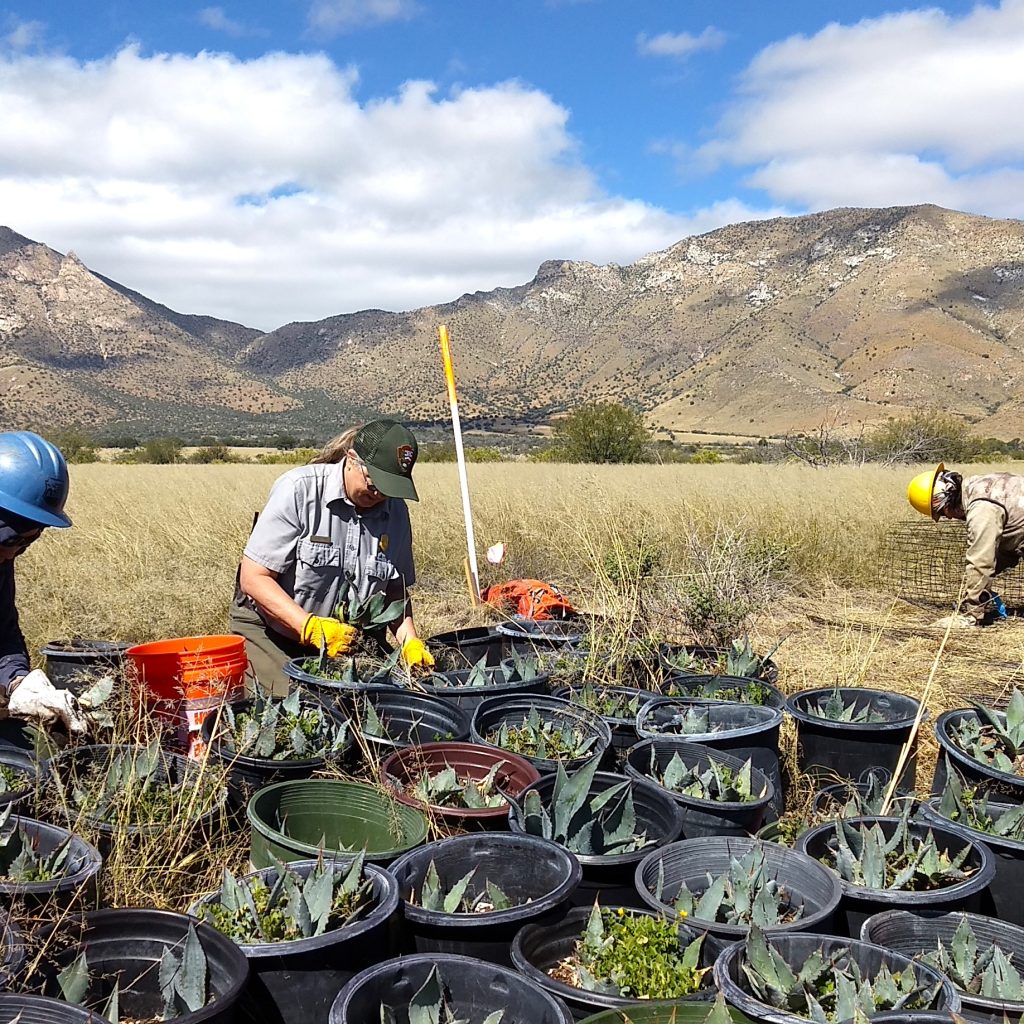
Photo Credit: Dan Taylor
$300,000 to Bat Conservation International, in collaboration with New Leaf Climate Partners, to address the decline of agave habitats in the Southwest United States. This project combines nursery assistance, habitat restoration, and innovative financing, including piloting a loan guarantee program to enhance nursery capacity for native agave seedlings. The initiative aims to deliver long-term ecological benefits across the Southwest United States, starting in the Gila and Coronado National Forests.
Funding and Finance Feasibility for Enhanced Recreation in North Central Washington (Feasibility) – Washington
$131,000 to TREAD to assess regional funding options and explore a new governance structure for recreation enhancements near the Okanogan-Wenatchee National Forest. TREAD will explore new financial resources for recreation and the creation of a new entity to support cross-jurisdictional decision making, deployment of resources, and improved implementation for recreation outcomes.
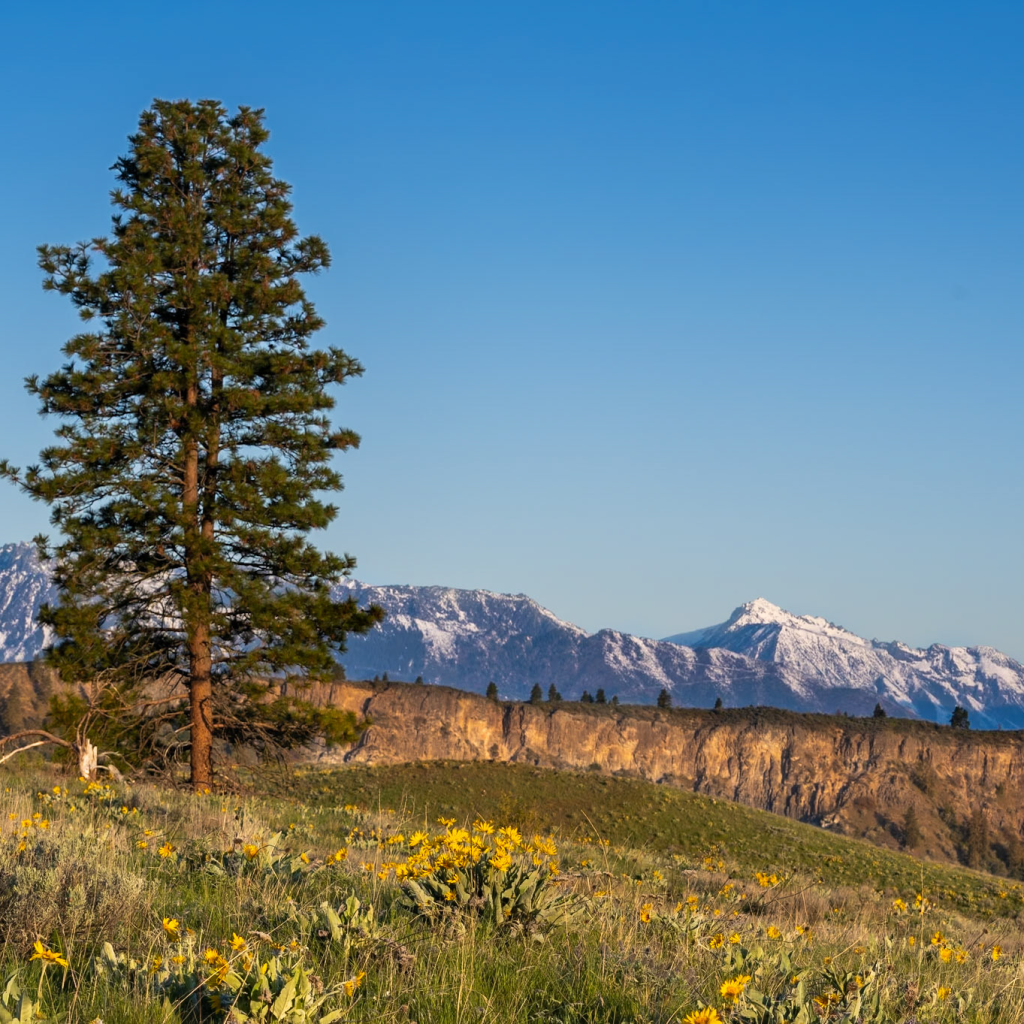
Photo Credit: Dave Masuda
Visitor Driven Financing for Sustainable Recreation
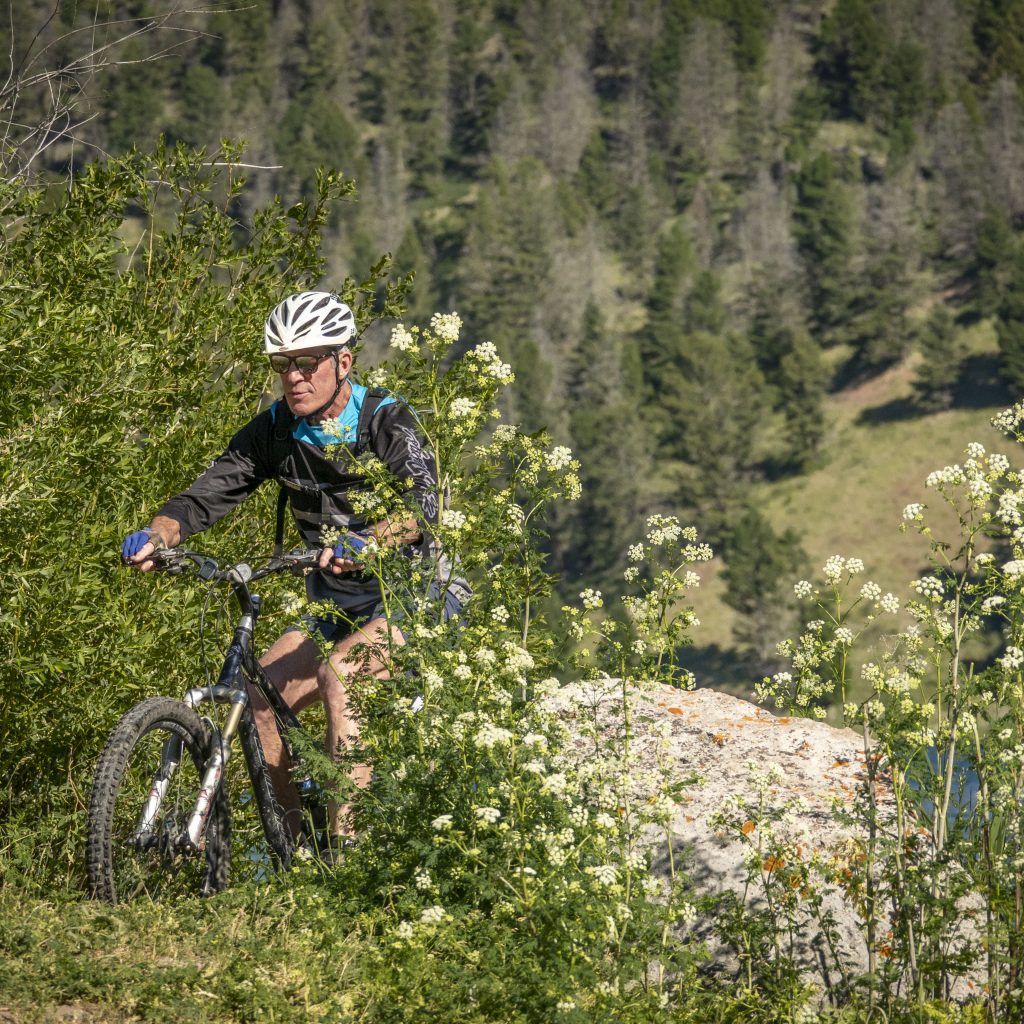
$147,500 to the National Forest Foundation (NFF) to assess the feasibility and effectiveness of targeted visitor-centered marketing approaches to generate new financial resources for recreation management across several national forests. NFF will establish a collaborative Recreation Finance Working Group, including local partners and National Forest staff, to guide and inform evaluation processes, site selection, and fund management structures.
Photo Credit: US Forest Service
Digital Assets for Conservation
$49,610 to Quantified Ventures to explore in a white paper the use of decentralized ledger technologies and digital assets to engage a new community of payors. The white paper will assess ways in which these tools could increase the funds available to land managers, including the US Forest Service for conservation, resiliency, and recreation projects. QV will lead the exploration of what gaps exist in the ESG space for digital assets, identify the digital asset type that fits the gap, and outline pathways(s) forward to integrating digital assets into conservation finance.
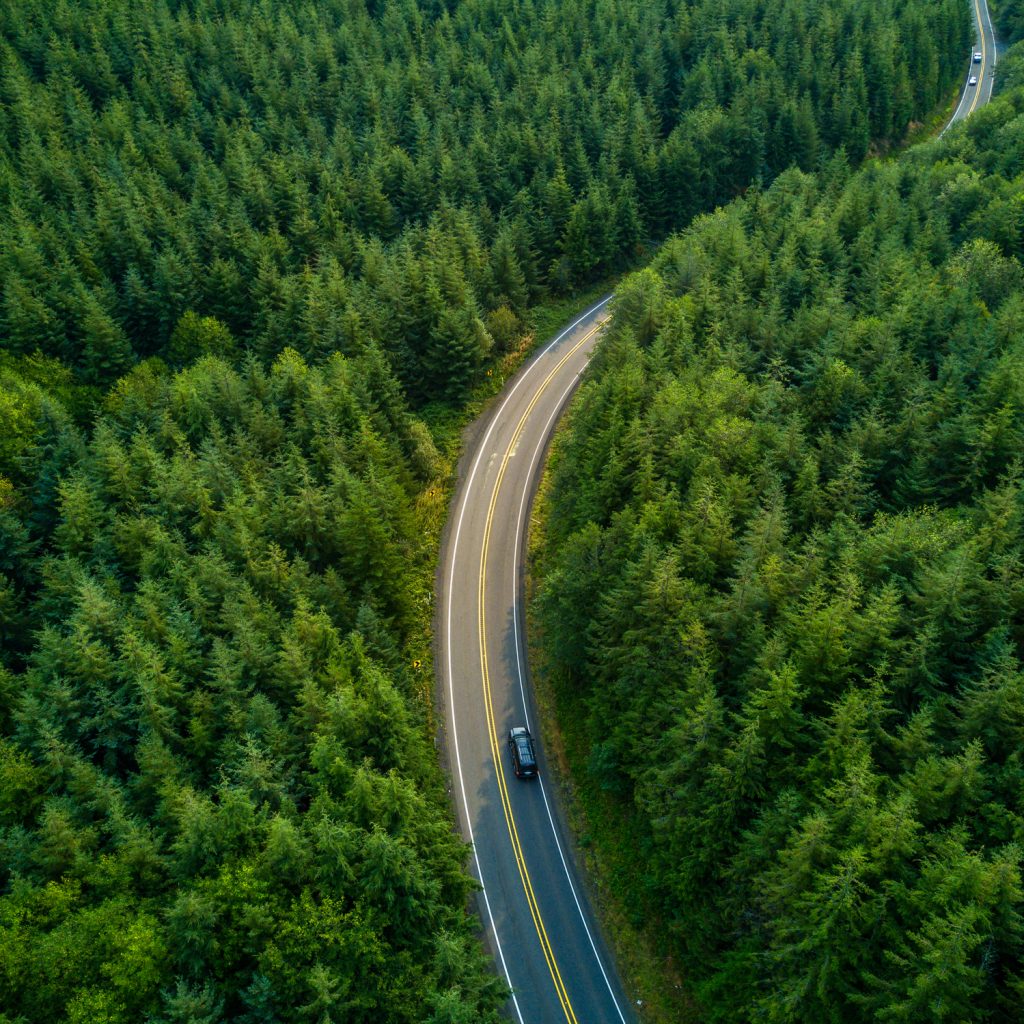
Photo Credit: Hal Bergman Photography
Assessing Biomass Utilization Solutions to Unlock Renewable Energy and Accelerate Wildfire Resilience on the Willamette National Forest

$148,500 to South Willamette Solutions for a feasibility analysis to measure, quantify, and discover markets for underutilized biomass from the Willamette National Forest wildfire recovery and resilience work, which could support existing businesses and emerging technologies. Collaborators include U.S. Department of Energy Local Energy Action Program.
Photo Credit: Southern Willamette Forest Collaborative
Exploring the Value of Ignition Reduction on the Impacts of Post-Fire Flooding in Southern California (Feasibility) – California
$150,000 to Blue Forest, in partnership with Chapman University and Louisiana State University, to analyze the impacts of forest restoration on runoff, erosion, and management costs borne by the Riverside County Flood Control and Water Conservation District near the Cleveland National Forest. This project aims to determine the value of upstream restoration activities to flood control districts.

